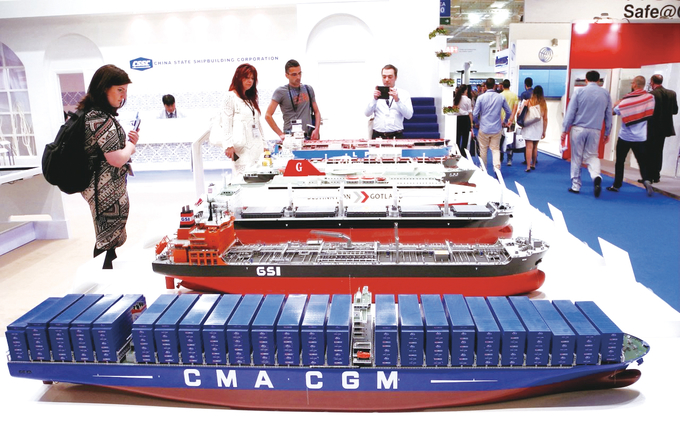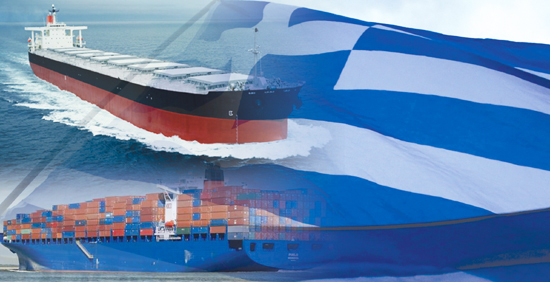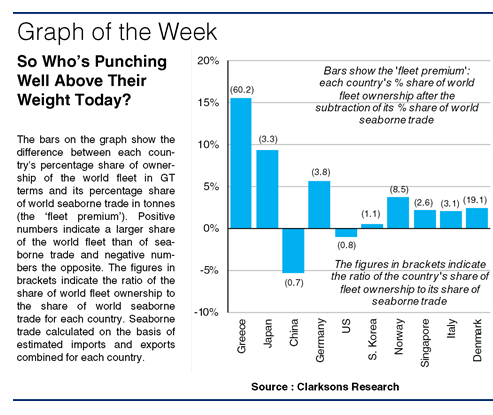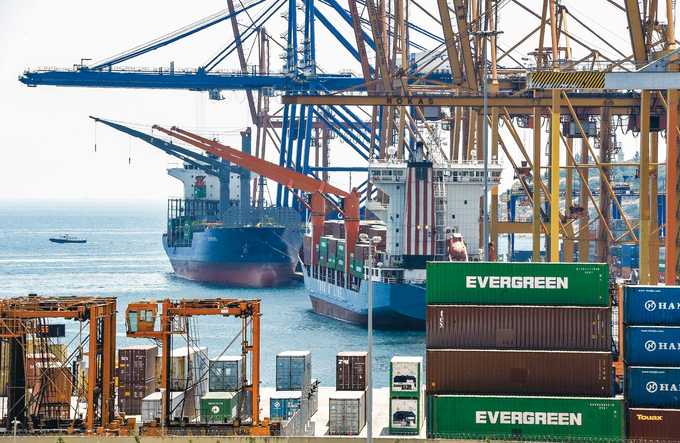
In the recent passing away of Muhammad Ali, the world lost perhaps its greatest ever heavyweight boxer. Amongst his many famous catchphrases was “Float like a butterfly, sting like a bee!”. This week’s Analysis takes a look at something else that floats ? the world’s major shipping fleets. How do the largest shipowning nations perform when it comes to punching above their weight?

SIW 1223 pointed out that Greek owners as a whole command a powerful ‘sting’ when one compares their share of the world fleet to their country’s share of global seaborne trade. Greek owners, the classic ‘cross-traders’, punch substantially above their weight, accounting for 16% of the tonnage (in GT terms) in the world fleet whilst Greece accounts for below 1% of world seaborne trade. And as a whole, the top 10 owner nations are highly potent, accounting for 70% of global tonnage, twice as much as their estimated share of world seaborne trade in tonnes (35%). Stinging like a bee indeed!
Aside from the Greek owners, the top 10 contains a couple of other owner nations who hit particularly hard. In GT terms, Norwegian owners are the world’s seventh largest with about 4% of the fleet. This is about 8 times more than Norway’s share of world seaborne trade. Not far away, Danish owners (with one very prominent owner in particular) account for 3% of all tonnage, whilst Denmark accounts for less than 1% of trade.

But these owner nations aren’t the only power punchers. A number of shipping’s other traditional big hitters also punch well above their weight. Japan accounts for 4% of world seaborne trade but as the second largest owner nation, 13% of the fleet (a ratio of 3.3). Meanwhile, German owners account for 8% of the fleet and Germany 2% of seaborne trade (a ratio of 3.8). Italian and Singaporean owners also seem to punch above the trading weight of their respective countries.
But not everyone in the heavyweight division offers such a stinging punch. China, the ultimate trading powerhouse, accounts for 16% of seaborne trade, but despite being the world’s third largest owner nation, accounts for only 11% of the world fleet (a ratio of 0.7). The US accounts for 5% of world tonnage but 6% of trade (a ratio of 0.8), while South Korean owners only just punch their weight with 4% of the world fleet and Korea accounting for 4% of volumes.
Nevertheless, despite the fact that three of the world’s largest owner countries don’t hit too far above their weight, as a whole the top shipowning nations account for twice as much of global tonnage ownership as they do in terms of total world seaborne trade. The modern seaborne transportation system, the framework of asset ownership and the global nature of the shipping industry has afforded owning communities this opportunity. If you want to pick a fight in terms of ship ownership, be careful to watch out for the weight of the punch of your opponent!
(Source: Clarksons)

















